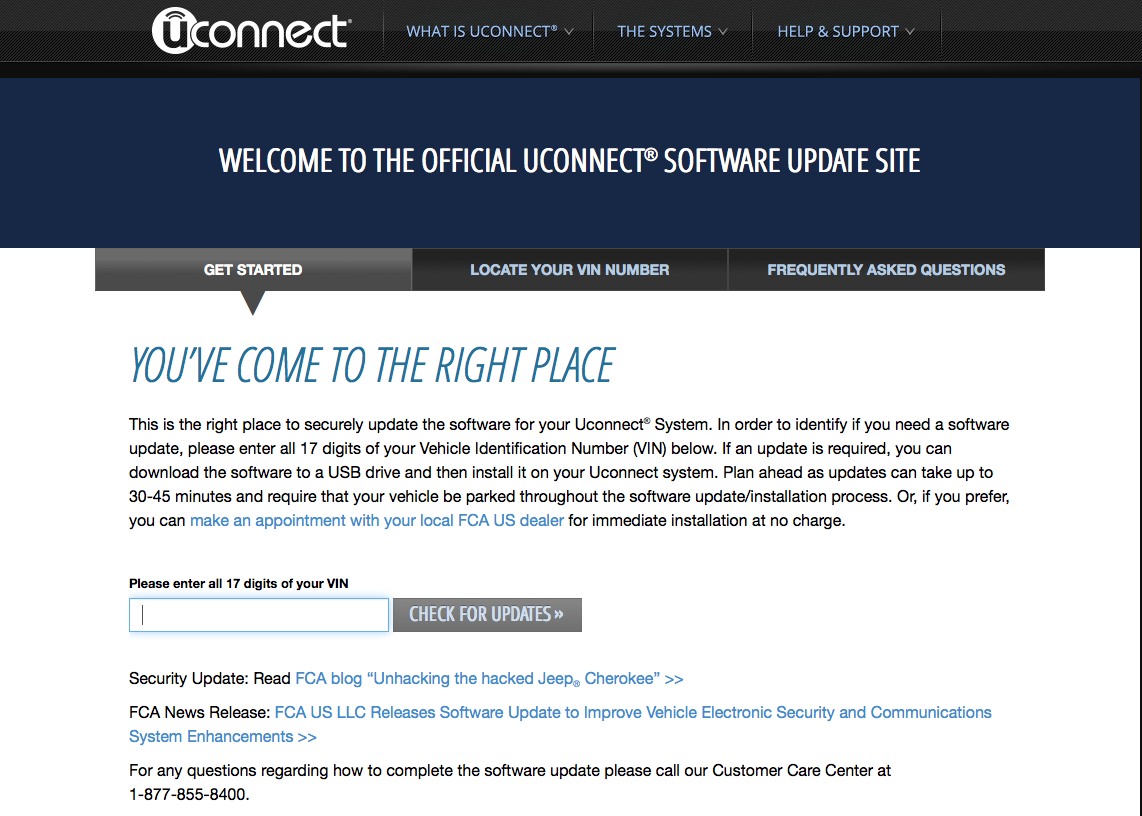

#Fusion io iodrive2 duo software#
Users can opt to address each volume on its own, but to get a single volume they must be put in software RAID. It's also worth noting that the Fusion-io Duo cards are full-height half-length, making them larger than the generally universal half-height, half-length cards that Virident, Micron, and others offer. Unlike the Virident solution though, Fusion-io with VSL 3.2.2 presents four 300GB drives to the system, instead of the one volume Virident presents. This design also tends to give a more direct path to the storage, reducing storage latency. The Duo's design leverages twin controllers, like the FlashMAX II, but diverges in that it uses six daughter boards that only include NAND, rather than combining the NAND and controllers on individual PCBs. While other designs like Micron's P320h leverage an on-board controller for most of these duties, Fusion-io prefers to take advantage of the powerful and often underutilized CPU within the host system. Like the Virident FlashMAX II we previously reviewed, the ioDrive2 design leverages an FPGA that offloads most of the NAND management duties to the host CPU. While we'll dive into hardware overview more in-depth in the design section below, it is instructive to provide a brief overview of the Fusion-io architecture here. The net benefit is Fusion-io can more quickly support a new NAND or NAND packaging, leveraging the same PCB layout. While on the NAND subject, Fusion-io made a hardware architecture change that puts the NAND in its own modules, separated from the NAND controller, making for a simpler design. Fusion-io has also updated their VSL software to 3.2.x which in combination with the new NAND controller gives the ioDrive2 improved performance with smaller block sizes. The benefits here are largely performance-related, better throughput, and improved latency, but there is a NAND compatibility benefit as well.

In such an event, the ioDrive2 can remap and recover without going offline.įusion-io has also rolled out a new NAND controller and firmware build for the ioDrive2 family. Adaptive FlashBack increases NAND die failure tolerances keeping the drive online and data secure in the unlikely event of multiple NAND failures. The prior generation ioDrive devices had a feature called FlashBack, which allowed the drive to continue operating in the event of a NAND failure, and ioDrive2 application accelerators have built on that attribute with the new version dubbed Adaptive FlashBack. This compares to read access latency of 68µs in the MLC-based ioDrive2 (they have the same write latency) and while roughly 20µs doesn't sound like much, it can be a virtual eternity for applications that have been tuned for use with flash storage.īeyond the spec-sheet gains in latency and throughput performance, Fusion-io has been hard at work making several other material improvements to the platform in this latest generation. The SLC iteration of the ioDrive2 brings laser-focus to this issue, offering read access latency of 47µs and write access latency of 15µs. Enterprises deploy these products with one goal in mind reduce application response times by attacking storage system latency. Still, pretty software and proven drive design are only part of the equation. That experience shows not just in product development and spec sheet highlights, but all the way through to management as well Fusion-io boasts the most robust drive management software suite on the market with ioSphere. While branded as a second generation product, the naming is somewhat misleading as Fusion-io has long been a pioneer in the memory-as-storage range with their assorted ioMemory products. The Fusion-io ioDrive2 Duo is a full-height, half-length application accelerator that, when paired with SLC NAND, offers 1.2TB of low-latency, high-endurance storage for today's most demanding applications.


 0 kommentar(er)
0 kommentar(er)
